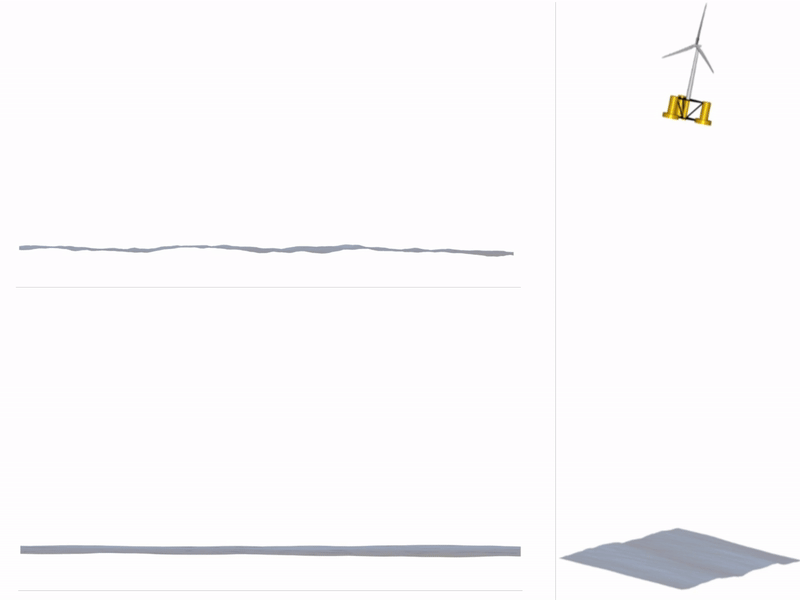Forum
Important Notice for New User Registrations
To combat an increasing number of spam and bot registrations, we now manually approve all new user registrations. While this may cause a delay until your account is approved, this step is essential to ensure the quality and security of this forum.
To help us verify your registration as legitimate, please use a clear name as user name or an official email address (such as a work, university, or similar address). If you’re concerned that we may not recognize your registration as non-spam, feel free to email us at with a request to approve your username.
Blade DoFs (Degrees of Freedom)
Quote from TimHH on 25. July 2023, 10:20Hello David,
I would highly appreciate your help on the following questions regarding definition of blade DoFs 🙂
Depending on the purpose of my simulation I would like to switch on/off axial and torsional DoFs. How could this be realised in QBlade?
The multi part blade feature with modal reduction per blade part was introduced to higher Bladed versions. Do you have any concerns that QBlade might have problems to achieve a similar simulation quality? Is there any special model definition you would recommend to get comparable results in QBlade?
Best regards
Tim
Hello David,
I would highly appreciate your help on the following questions regarding definition of blade DoFs 🙂
Depending on the purpose of my simulation I would like to switch on/off axial and torsional DoFs. How could this be realised in QBlade?
The multi part blade feature with modal reduction per blade part was introduced to higher Bladed versions. Do you have any concerns that QBlade might have problems to achieve a similar simulation quality? Is there any special model definition you would recommend to get comparable results in QBlade?
Best regards
Tim
Quote from David on 25. July 2023, 14:28Hi Tim,
QBlade models nonlinear structural dynamics without using any modal reduction technique, which means it’s not possible to disable specific Degrees of Freedom (DoF).
However, it is feasible to artificially increase the stiffness of certain DoFs (e.g., torsional) in the structural tables. This effectively reduces the flexibility of those DoFs (similar to their deactivation). It is important to exercise caution when employing this approach because it may introduce high-frequency oscillations into the system. Also, by increasing the stiffness too much, and thereby certain Eigenfrequencies, the stability of the solver itself might be affected in extreme cases.
Bladed’s multi-part modal reduction feature is still a simplification of the full structural dynamics, as it includes only selected modeshapes in the dynamic simulation. In contrast, explicit modeling of the structural dynamics does not have this limitation as the number of modes in the model is then only limited by its total numer of DoFs. While modal reduction can decrease computational effort and improve solver stability, it does not enhance the accuracy of the structural simulation since it remains a simplification of the actual dynamics.
BR,
David
Hi Tim,
QBlade models nonlinear structural dynamics without using any modal reduction technique, which means it’s not possible to disable specific Degrees of Freedom (DoF).
However, it is feasible to artificially increase the stiffness of certain DoFs (e.g., torsional) in the structural tables. This effectively reduces the flexibility of those DoFs (similar to their deactivation). It is important to exercise caution when employing this approach because it may introduce high-frequency oscillations into the system. Also, by increasing the stiffness too much, and thereby certain Eigenfrequencies, the stability of the solver itself might be affected in extreme cases.
Bladed’s multi-part modal reduction feature is still a simplification of the full structural dynamics, as it includes only selected modeshapes in the dynamic simulation. In contrast, explicit modeling of the structural dynamics does not have this limitation as the number of modes in the model is then only limited by its total numer of DoFs. While modal reduction can decrease computational effort and improve solver stability, it does not enhance the accuracy of the structural simulation since it remains a simplification of the actual dynamics.
BR,
David


